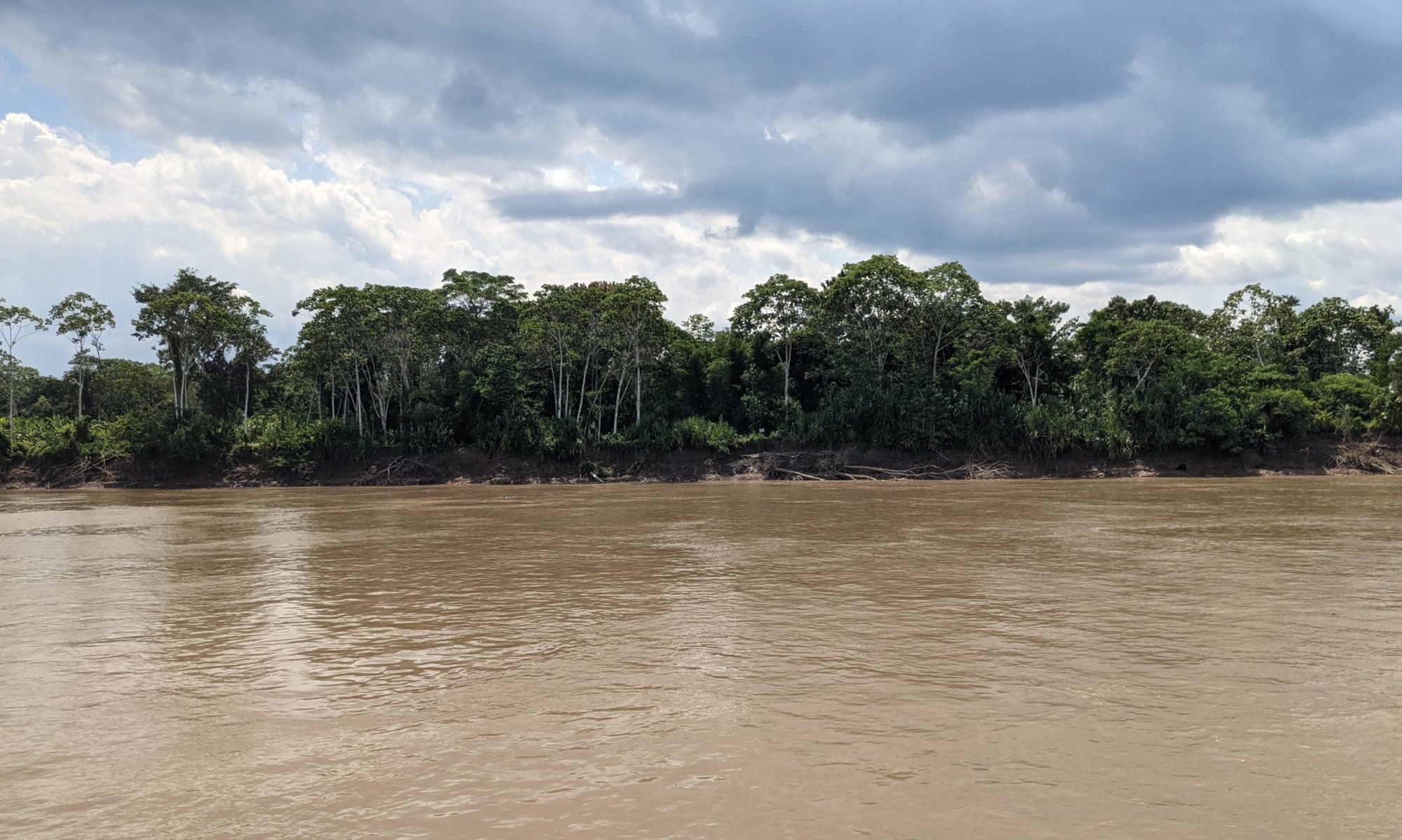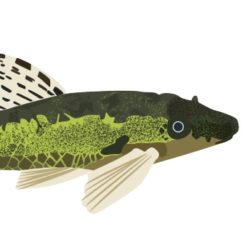Family Auchenipteridae – The Driftwood Catfishes
The first group of catfish we wish to share are the Auchenipteridae or the driftwood catfishes. These catfish are now gaining in popularity and rightfully so! Woodcatfish or woodcats for short, have many interesting habits such as feeding and special anatomy that no other catfish to date share. They typically feed throughout the tank especially at the surface. They will cruise around almost like torpedoes! Woodcats are also one of just a few catfish families known to practice internal fertilization. With their many color patterns, these fish have a lot to offer.
Many of the species AmazonTropics carries remain 4″ or less. This means you may keep them in small aquariums of 10-30 gallons. Your source water should not be too hard and soft water used for breeding. Outfit the aquarium with a sponge filter or hang on the back filter. Use a small heater to keep temperatures around 74-78 F. Decorate the tank with a thin layer of sand, river rock and driftwood. Be sure to provide areas for these fish to hide as they are nocturnal. Lighting only needs to be secondary with subdued light. For their diet, feed woodcats foods like brine shrimp, bloodworms, water fleas, flakes and pellets.
Woodcats practice internal fertilization where once inseminated by a male, females develop fertile eggs internally. Females then find a place to deposit their eggs. In some genera, females will guard their eggs until they hatch and the fry have absorbed their yolk sacs. This is rare and most Auchenipteridae find either plants or a crevice in which to deposit their eggs.
The largest key for egg development is soft water. In the majority of species, if the hardness is about 50ppm, you may find it difficult to see egg development. Here is where an R/O unit or rain water may be needed. The eggs hatch in 5-6 days with another 5-6 days for the fry to absorb their yolk sacs. From there the fry require small powdered foods. Baby brine can be given a few weeks thereafter. Be sure to provide regular water changes for the fry, at least 2-3 times per week of 20-30%. All water should be soft until the fry reach over an inch in size.
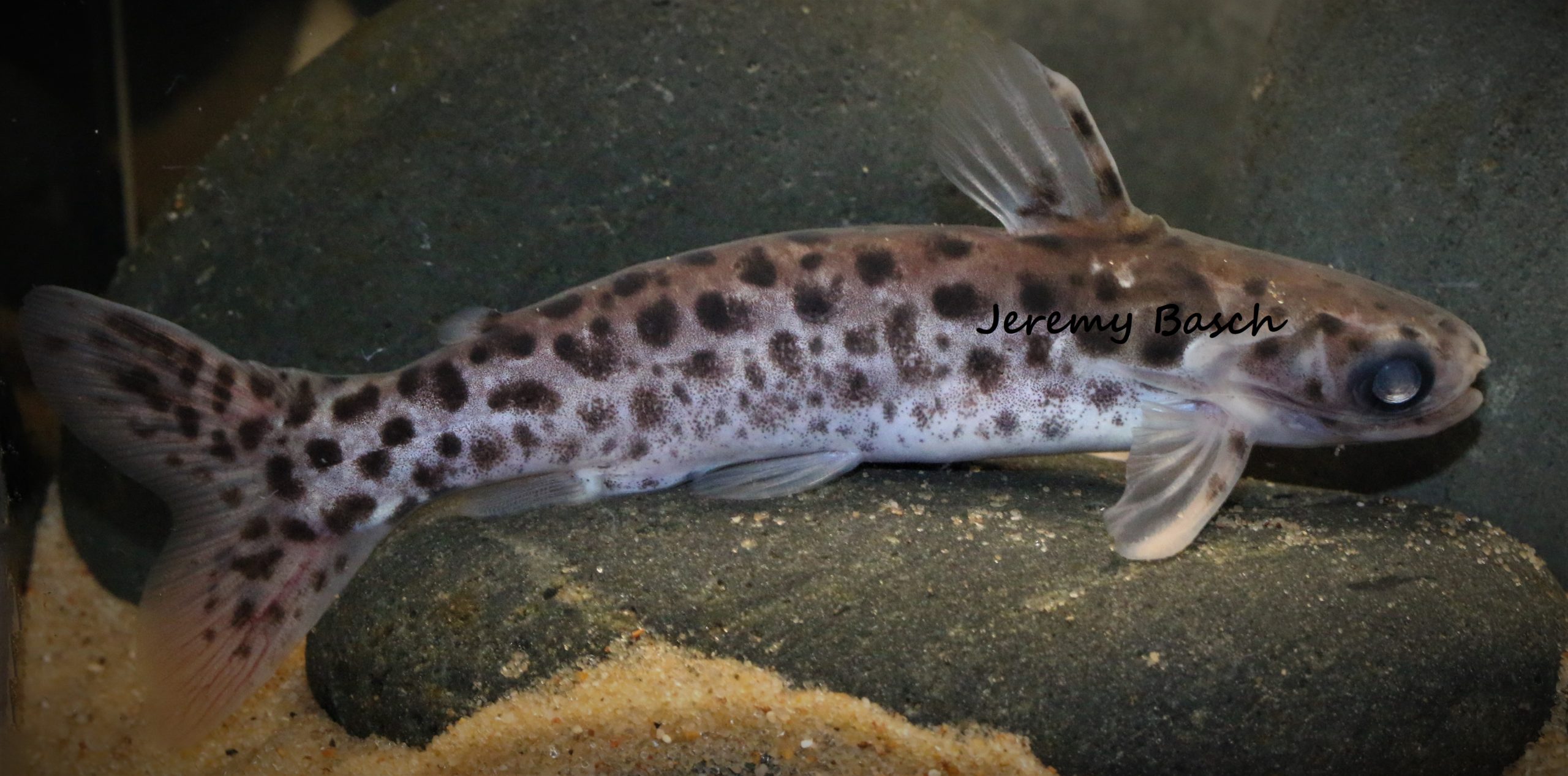
Balroglanis schultzi – Schultz’s Woodcat
Distribution – Rio Xingu and Rio Tocantins, Brazil
Maximum Length – 4 1/2″ TL
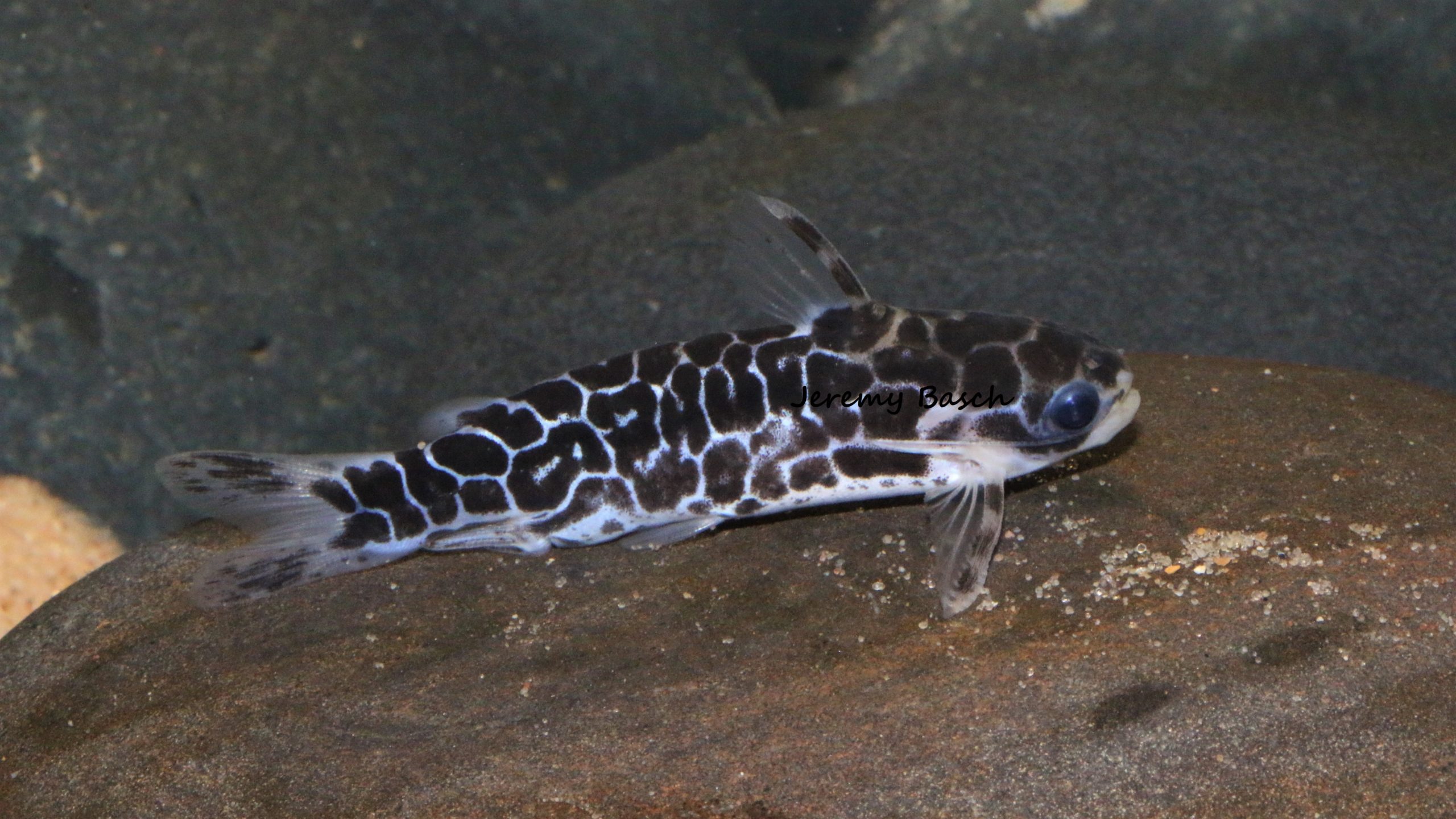 Duringlanis altae – Lightning Strike Woodcat
Duringlanis altae – Lightning Strike Woodcat
Distribution – Rio Caqueta, Colombia
Maximum Length – 2 1/2″ TL
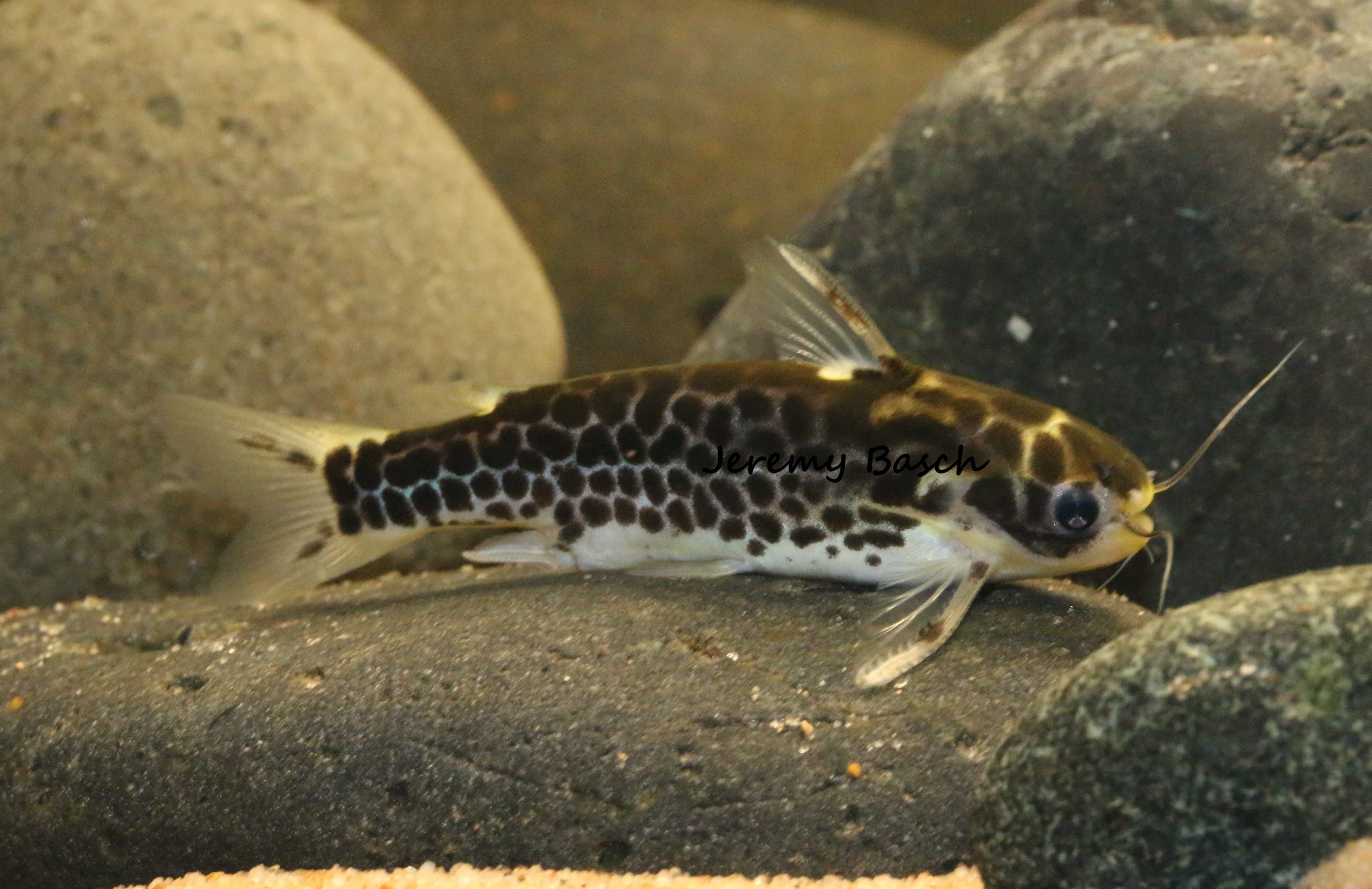
Duringlanis perugiae – Oil or Honeycomb Woodcat
Distribution – Rio Nanay region, Peru
Maximum Length – 2 1/2″ TL
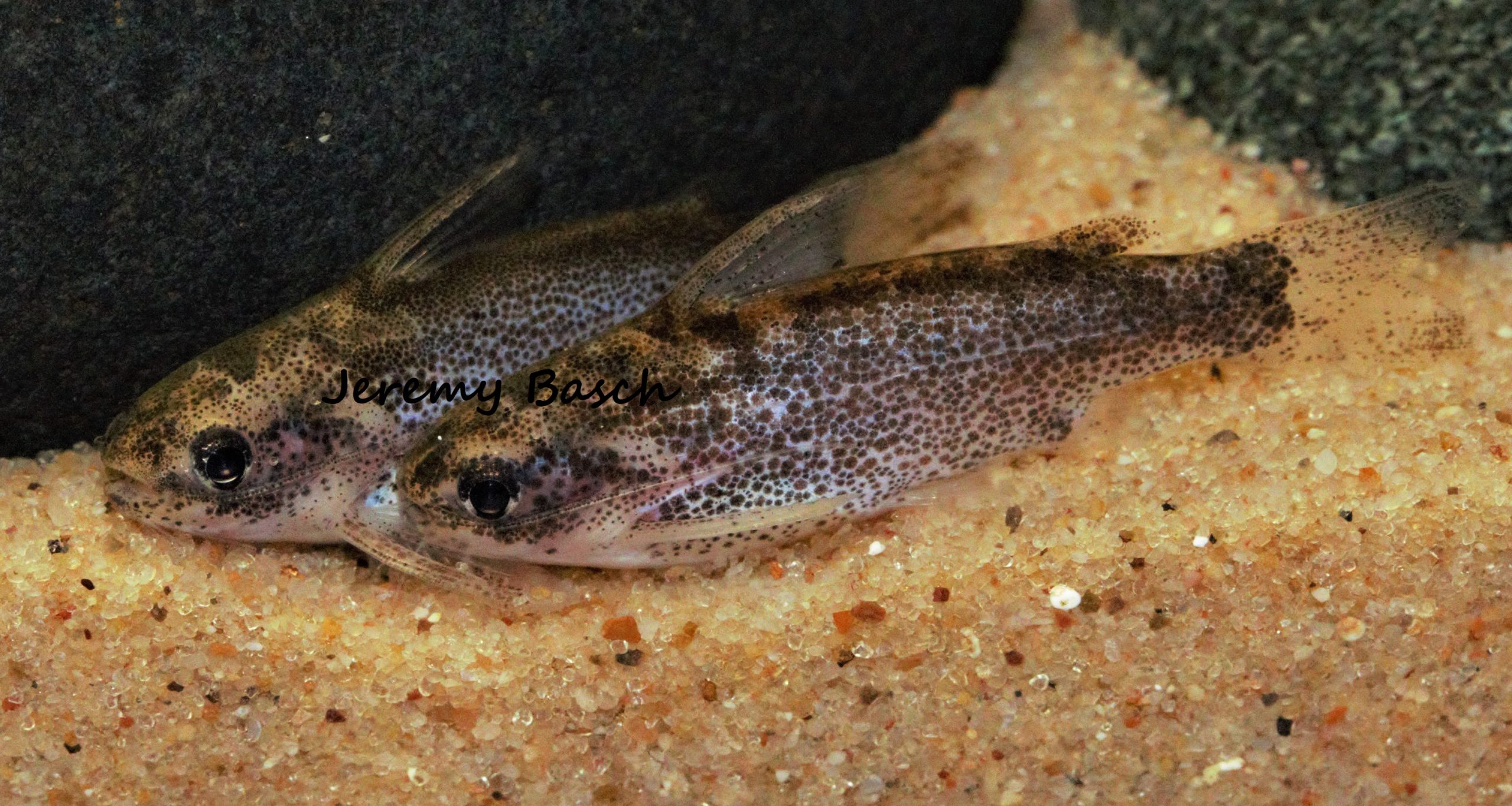
Duringlanis romani – Speckled Woodcat
Distribution – Rio Meta, Colombia
Maximum Length – 2″ TL
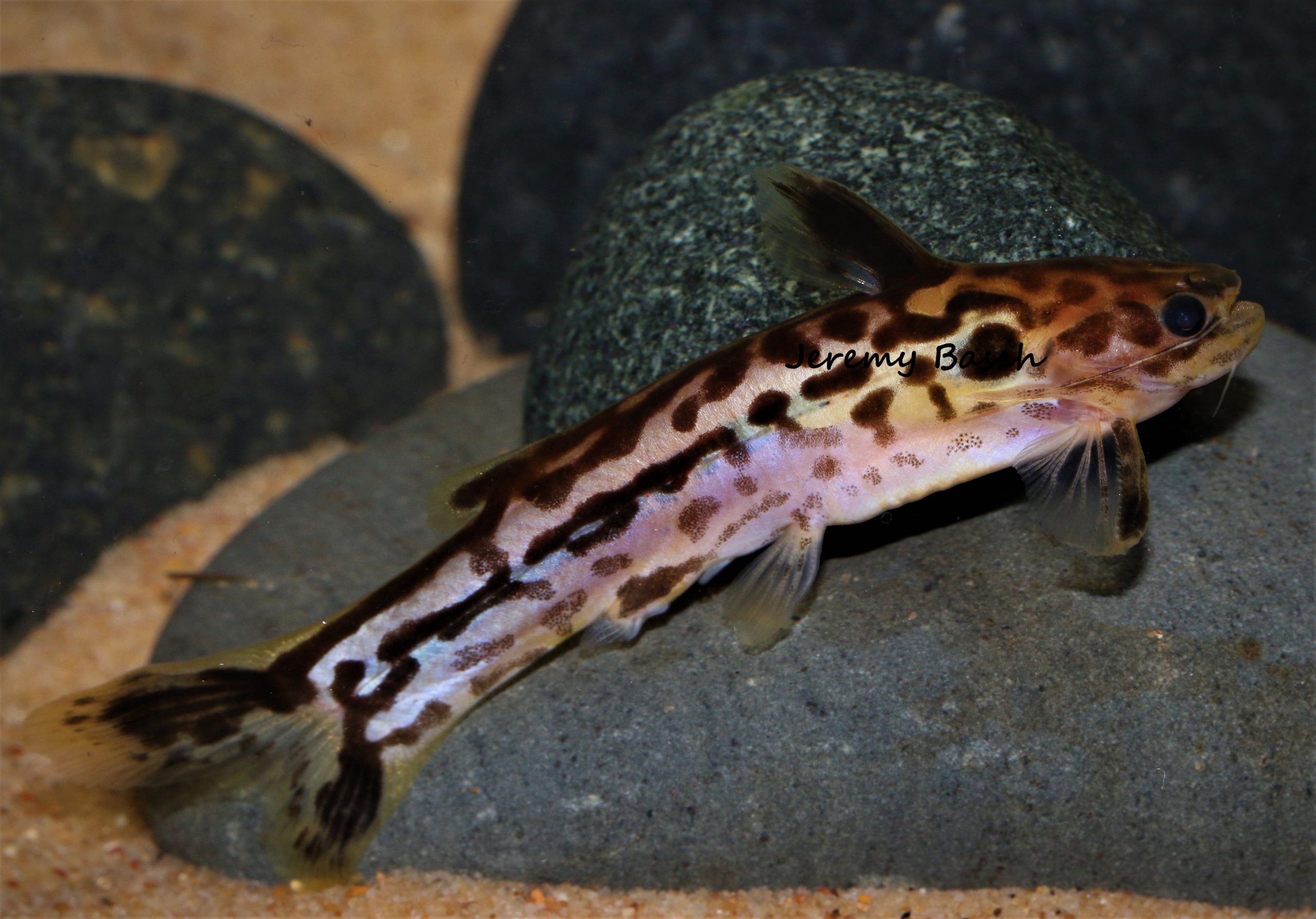
Tatia gyrinus – Tiger Woodcat
Distribution – NE Peru, Amazon Basin
Maximum Length – 2 1/2″ TL
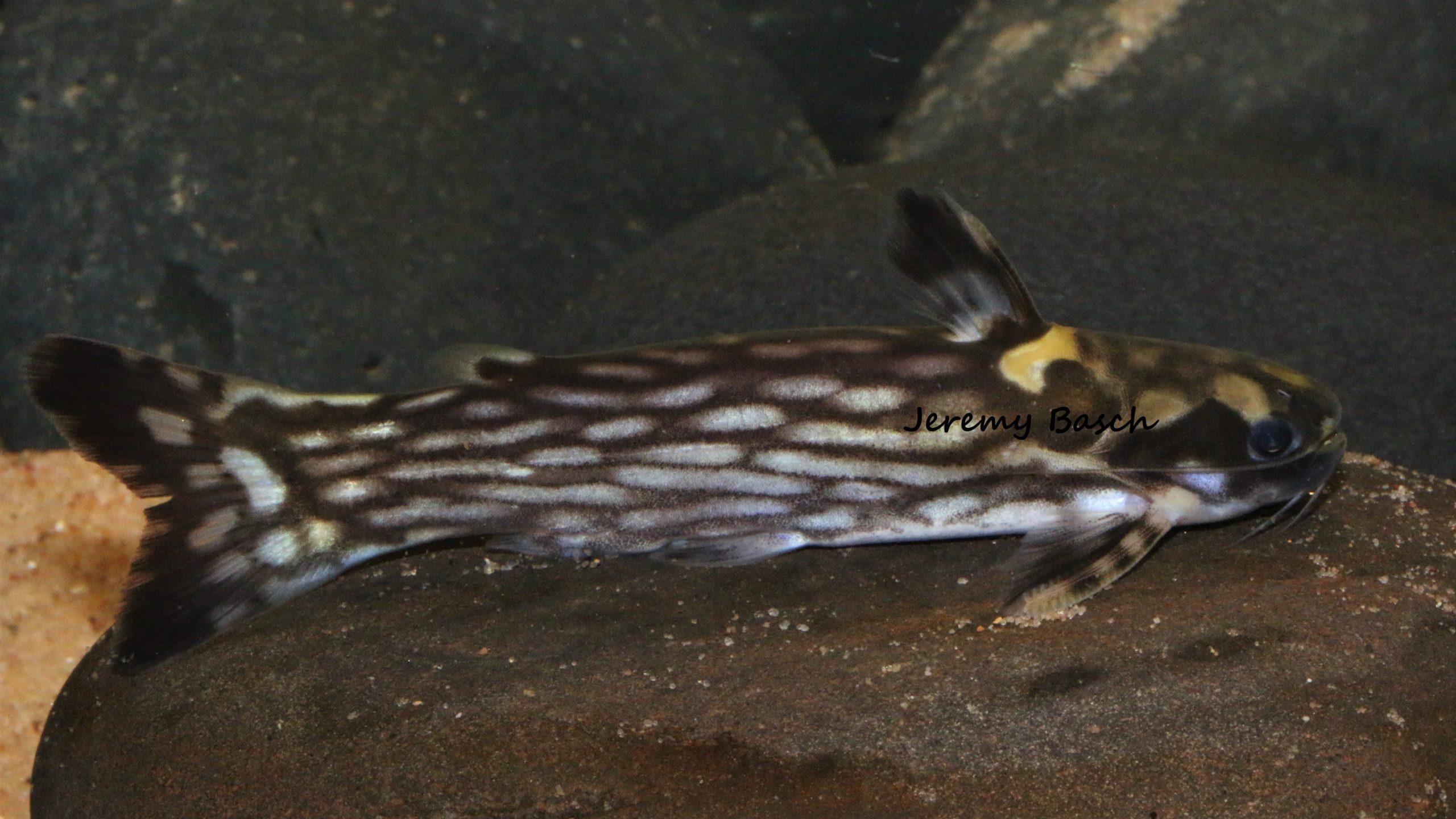 Tatia sp. “Puerto Rico” – Puerto Rico Woodcat
Tatia sp. “Puerto Rico” – Puerto Rico Woodcat
Distribution – Rio Caqueta, Colombia
Maximum Length – 4″ TL
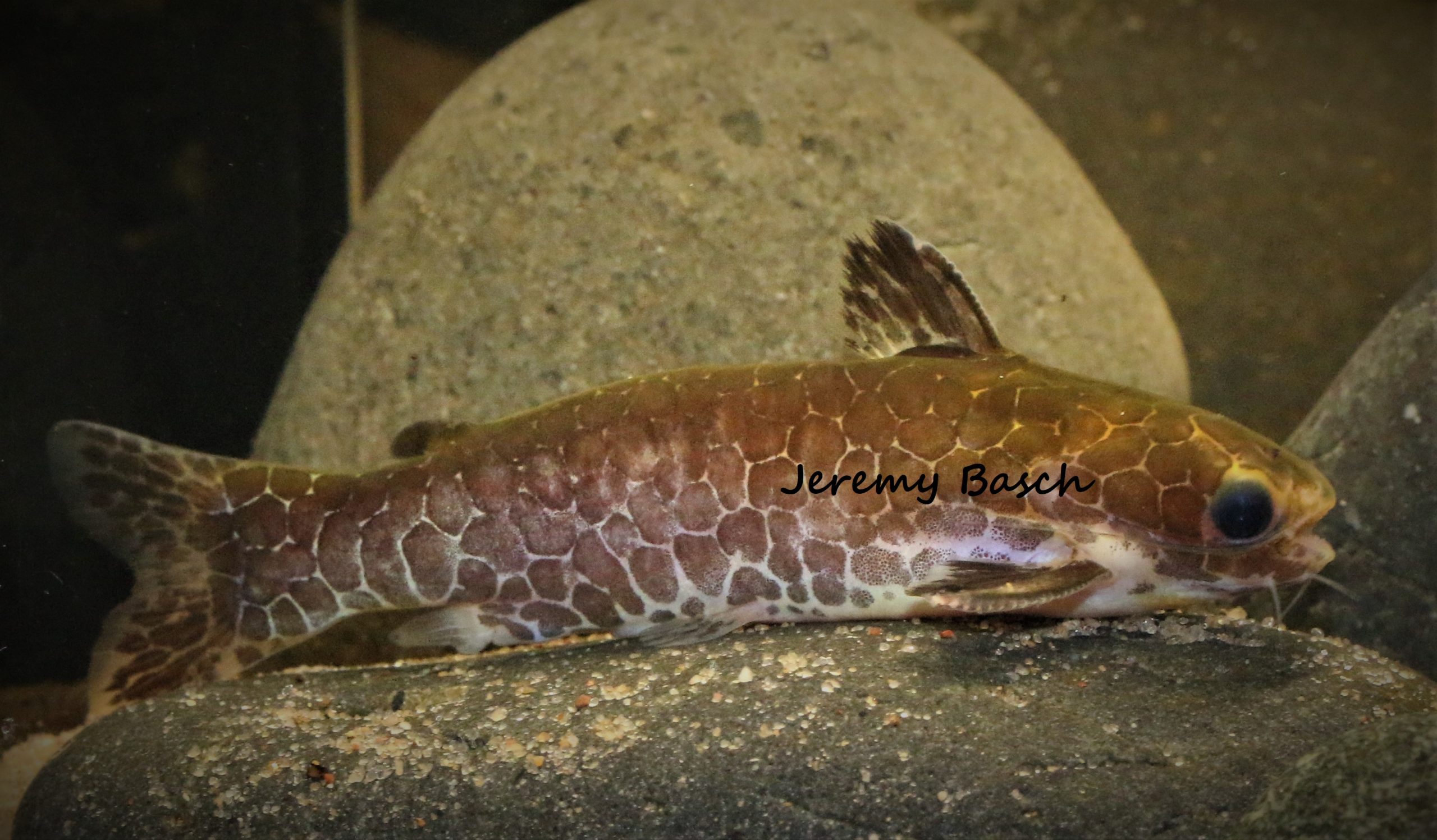
Tatia reticulata – Reticulated Woodcat
Distribution – NE Peru
Maximum Length – 2 1/2″ TL
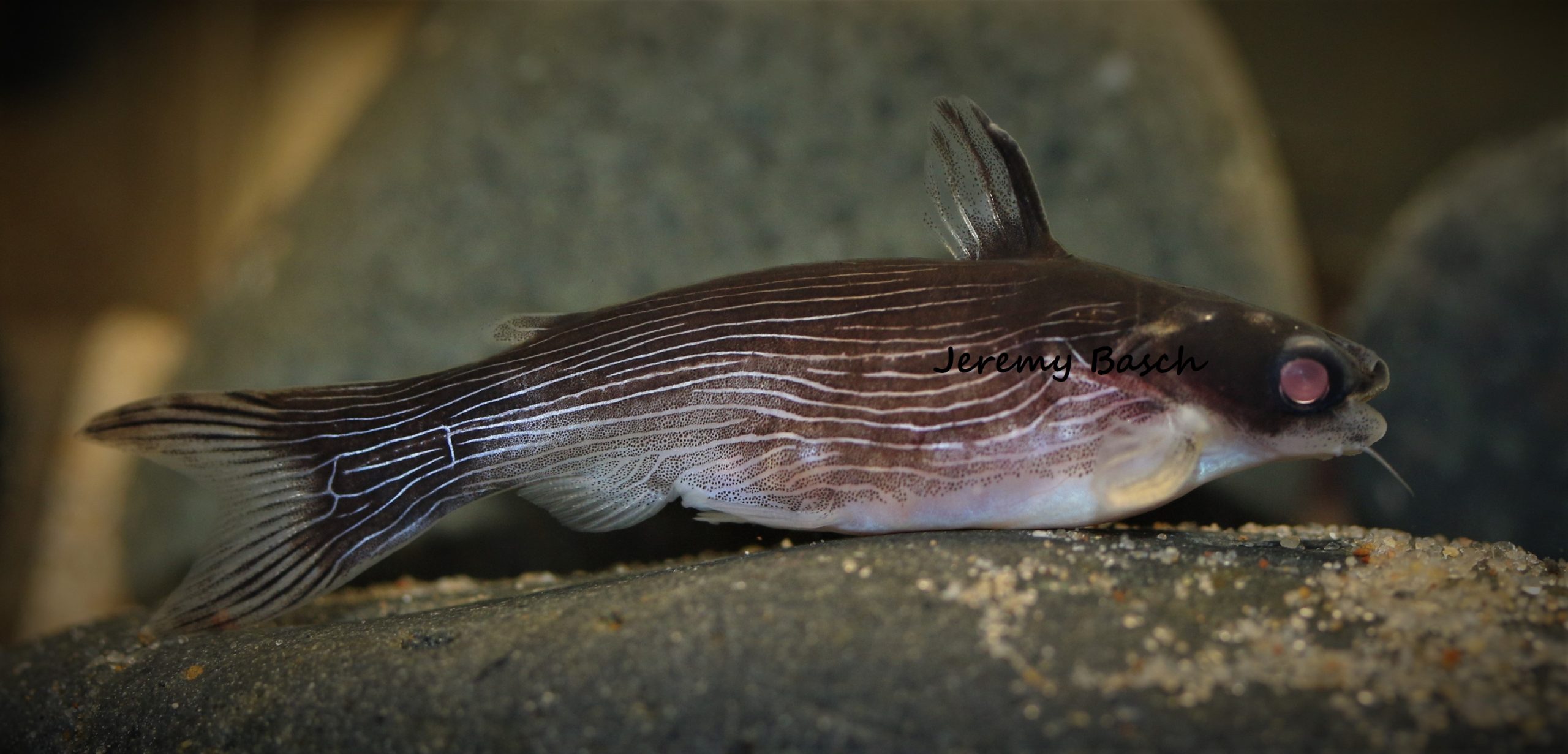 Tatia strigata – Pinstripe Woodcat
Tatia strigata – Pinstripe Woodcat
Distribution – Rio Negro, Brazil
Maximum Length – 2 1/2″ TL
